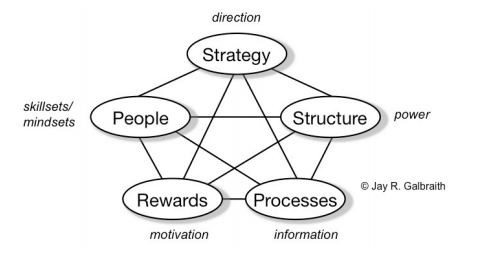How Does an OD Specialist Diagnose Organizational Issues?
By Jennifer Comella, Training Manager
If you’re not feeling quite right, and you can’t pinpoint the cause, you won’t have the knowledge needed to take corrective action. So, what’s your best course of action? Seek expert help—i.e., go to the doctor. Once there, said doctor will ask questions, conduct appropriate examinations, possibly run tests, then draw logical conclusions and prescribe remedial actions. In short, the good doctor diagnosed your issue and charted a path toward wellness.
The same scenario applies in both theory and practice when it comes to positioning businesses and organizations to thrive. In human resources circles, organization development (OD) specialists conduct diagnoses to understand an organization from multiple angles. During diagnosis, we get an understanding of how management views the organization, how employees view the organization, and in certain cases, how the public views the organization or its products and services.
So, let’s assume you see value in the service provided by an OD specialist, and you retain the services of one to diagnose your organization. What can you expect them to do when they walk through your doors? As an OD specialist myself, I’ll give you a first-person account based on my experience with a variety of organizations.
- First, we’ll help you understand what we are doing and why. It’s critical for us to gain buy-in from employees at every level for any improvement effort to be successful. Our belief is that we aren’t the ones creating the change. We are just partnering with you to help you and your team do it, and learn how to self-initiate change in the future.
- Next, we will gather a lot of information. We may suggest conducting an anonymous employee survey, interviewing key employees and stakeholders, or sitting down with many or all members of the leadership team. We are trying to learn everything we can about the highs and lows of the organization—and everything in between.
To aid in this effort, we will use a tool in our tool belt like The Star Model™ below. You can expect us to ask you questions related to the five points in the star to identify gaps and challenges in your organization—e.g., missing processes, communication gaps, blind spots.

- Third, we analyze all the insights and data we gather to help define key factors that affect the business’ performance. We continue to utilize The Star Model and other appropriate tools during this phase.
- We’ll help you understand your options for moving forward as a result of the information we collect. We’ll host collaborative design events with leadership, employees, boards and stakeholders where you ultimately will make choices about your organization’s future. However, during this whole process, change will be happening without you even knowing it.
Change happens as a result of people becoming more aware of how they behave and its role in shaping the workplace. We can change the present, and it sets your organization on a future path where the real skill needed by you and your team is quite literally how to keep adapting.
Do you have questions about organizational development or other human resources concerns? Please contact Jennifer Comella at [email protected].




















